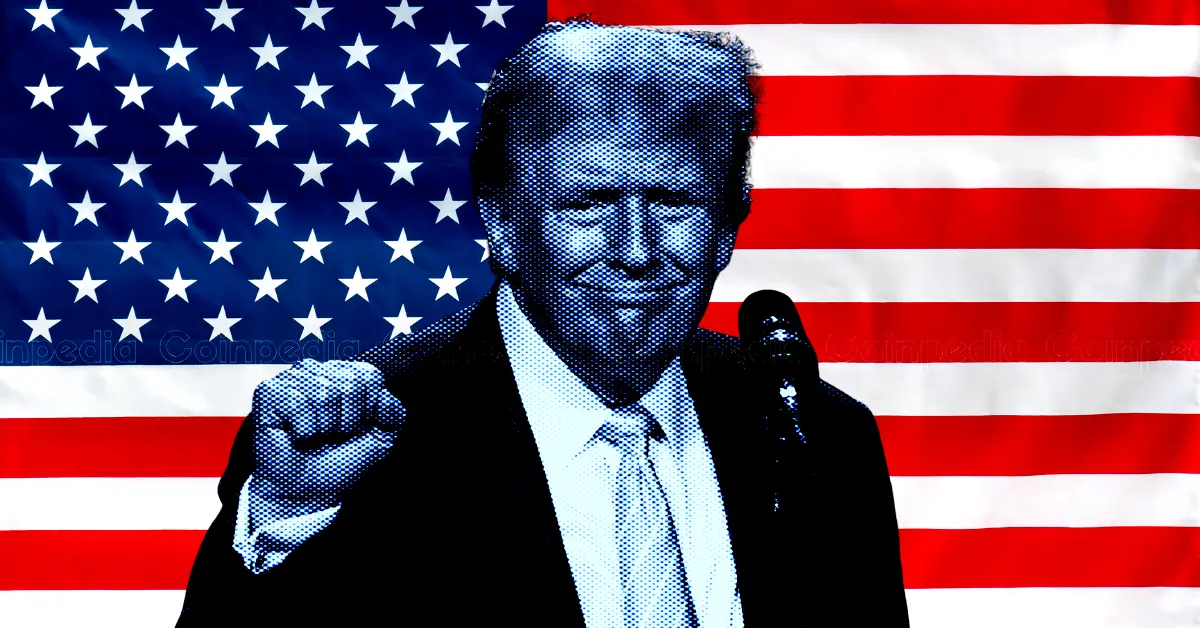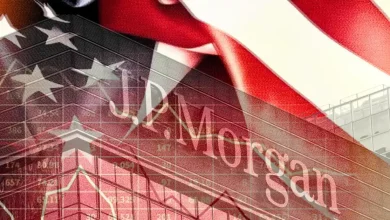
Trump's $750B tariff plan, according to Chamath Palihapitiya, aims to rebuild US industrial capacity.
The tariffs are designed to reduce US dependence on foreign manufacturing for critical goods, acting as a national security measure.
The plan uses a "carrot-and-stick" approach, offering potential tax cuts to the middle class while forcing corporations to pay.
Billionaire investor and venture capitalist Chamath Palihapitiya has sparked a wave of discussion after a viral interview with podcaster Andrew Schulz. In the interview, Chamath shared what he believes is the real reason behind President Trump’s massive $750 billion tariff plan. And according to him, it’s about much more than trade—it’s a bold strategy to shift power and wealth inside the United States.
Here’s what Chamath says is really going on behind the scenes.
Not Just About China – This is a Bigger Move
Chamath explains that Trump’s tariffs aren’t just aimed at China. They’re part of a much larger strategy. With deep experience in building billion-dollar companies and understanding how global money moves, Chamath points to a deeper, long-term goal behind the tariffs that many people are missing.
“Every critical market where America needs to be able to take care of itself, under all weather conditions, we have become very fragile,” he remarked.
Chamath pointed out that the U.S. has become too dependent on other countries for essential goods. This weakness became clear during the COVID-19 pandemic, the war in Ukraine, and rising tensions with China over Taiwan. Whether it’s face masks, energy, or semiconductors, the U.S. has struggled to meet its own needs.
Tariffs as Tools to Rebuild Strength
Chamath says tariffs can serve two main purposes:
- They can shift the balance of global power.
- They can help the U.S. take back control of key industries.
The goal, he says, is to rebuild America’s industrial strength so that in future crises, the country can rely on itself. He also pointed to a major problem: the U.S. has lost over 5 million manufacturing jobs since 2000.
Chamath explained that for years, the U.S. had an unfair trade setup with China. American goods entering China often faced tariffs over 25%, while Chinese goods entered the U.S. with tariffs usually below 3%. This pushed many American factories to move operations to China, hurting local industries and workers.
While U.S. towns and middle-class families suffered, big corporations gained the most—paying fewer taxes, avoiding environmental rules, and cutting labor costs.
Trump’s Tariff Plan: A Major Reset
According to Chamath, Trump’s new tariff proposal is a bold reset that focuses on both economic growth and national security. The plan applies different tariff rates to different sectors:
- Everyday goods: 10%
- Industrial parts: 20%
- High-tech sectors: 25–60%
“He’s using a carrot-and-stick model,” Chamath said. These tariffs could bring in up to $750 billion per year, which could then be used to reduce taxes for middle-class Americans. Companies now have a choice—pay the tariffs or move their production back to the U.S.
“The Economic NATO”
Chamath also explained how this strategy isn’t about isolating the U.S., but about using its economic power to influence global trade. Countries that align with U.S. interests could receive better trade deals, while those that don’t might face higher tariffs.
He calls this new idea an “economic NATO”—a strategy that rewards allies and puts pressure on rivals through trade policies.
While the plan is risky, Chamath says it’s necessary. Sometimes systems need to be disrupted to create something better. Just as the U.S. once achieved energy independence, this could be the next step—reducing foreign dependence and bringing power back to American workers.
Crypto Market Reacts to Surprise Tariff Pause
Meanwhile, the crypto market saw a rally after Trump announced a temporary pause on the tariffs. Bitcoin surged 7%, reaching $82,350.37, while Ethereum, Dogecoin, and XRP each gained over 12%. Solana (SOL) jumped more than 14%.
This pause may be a short-term move to ease market pressure and give businesses a brief period of stability.
Never Miss a Beat in the Crypto World!
Stay ahead with breaking news, expert analysis, and real-time updates on the latest trends in Bitcoin, altcoins, DeFi, NFTs, and more.
According to Chamath, crises like COVID-19, the Ukraine war, and Taiwan tensions have revealed America’s vulnerabilities from masks to chips, the U.S. couldn’t produce what it needed. Therefore, tariffs could force a shift back to domestic production.
Chamath believes that Trump’s tariffs aren’t just about China, but a bold attempt to rebuild U.S. self-reliance and shift wealth back to the middle class. It’s about reducing foreign dependence and reviving American manufacturing.








